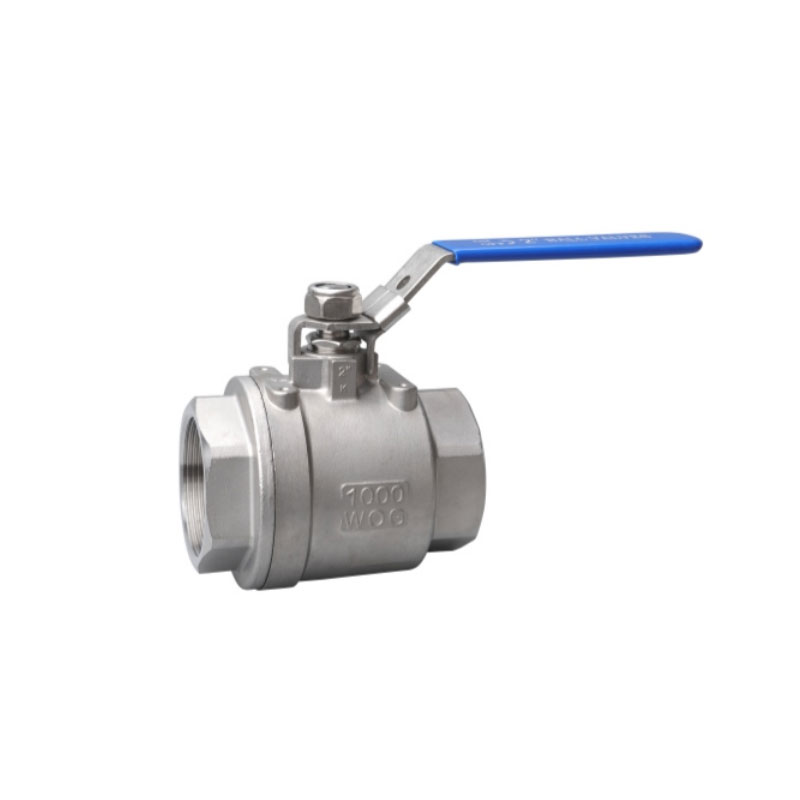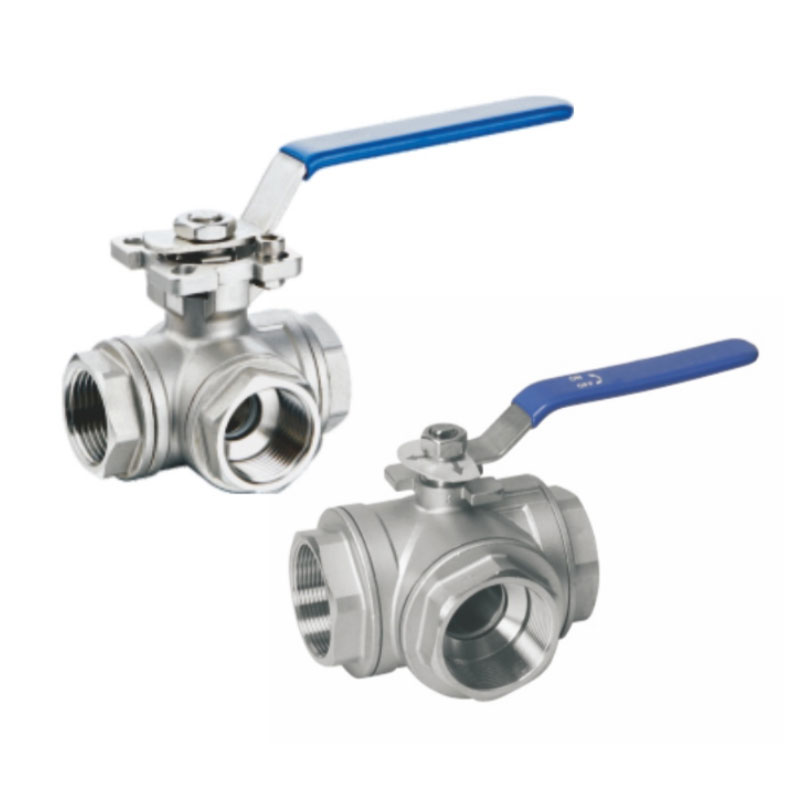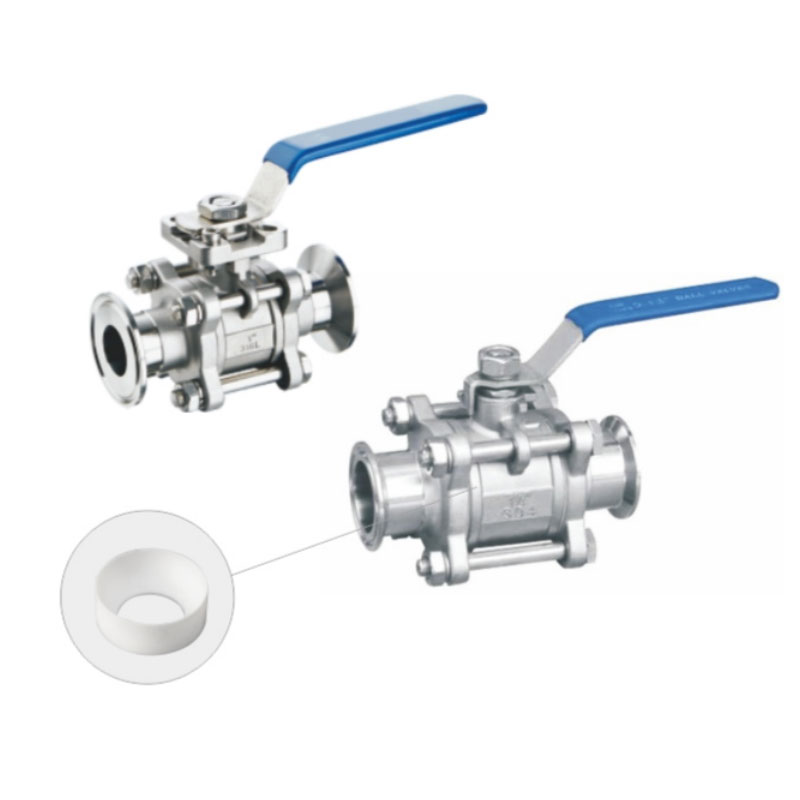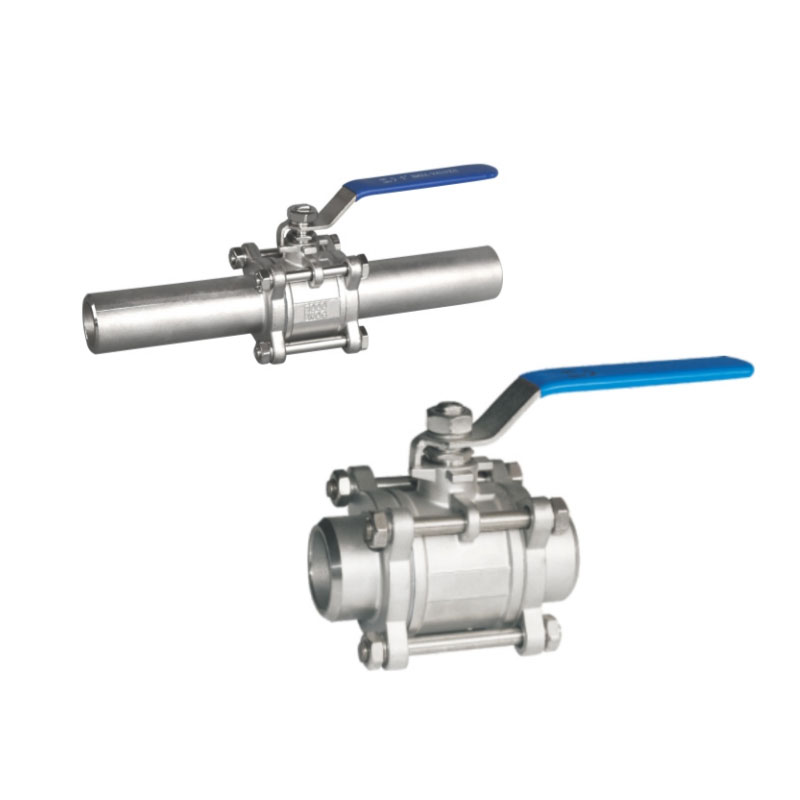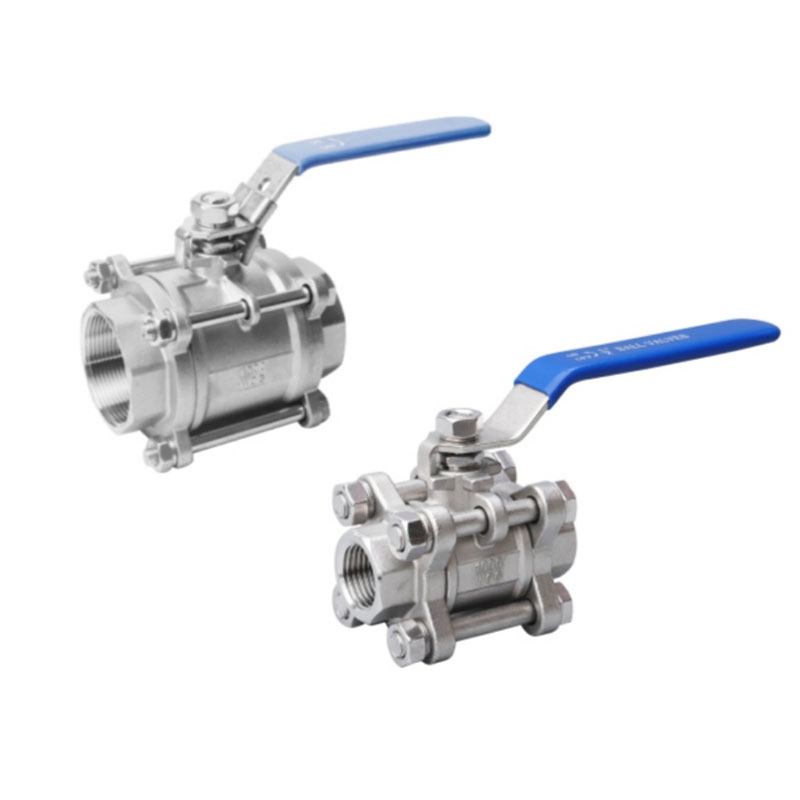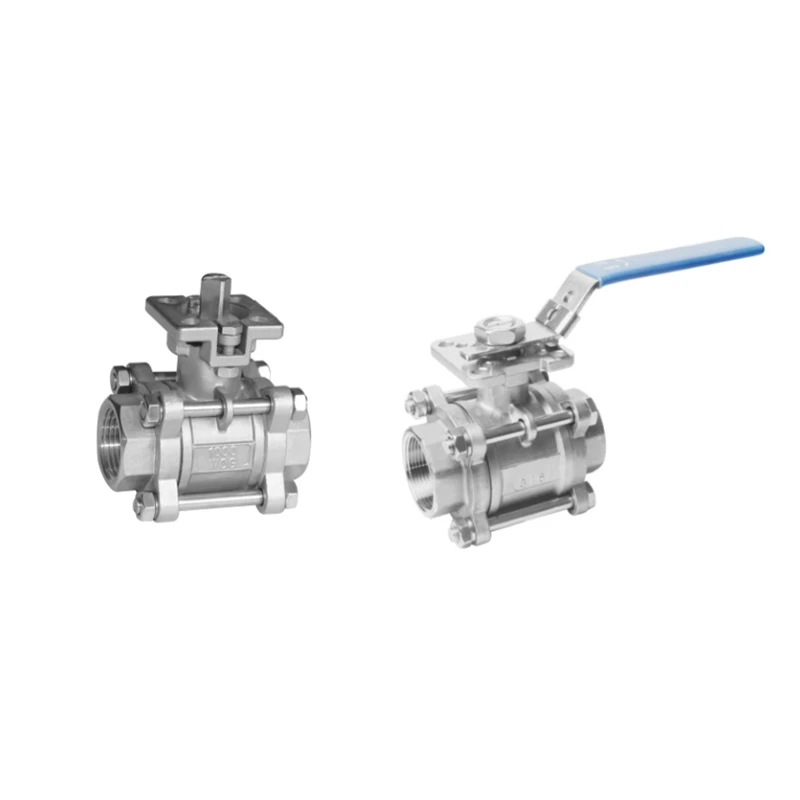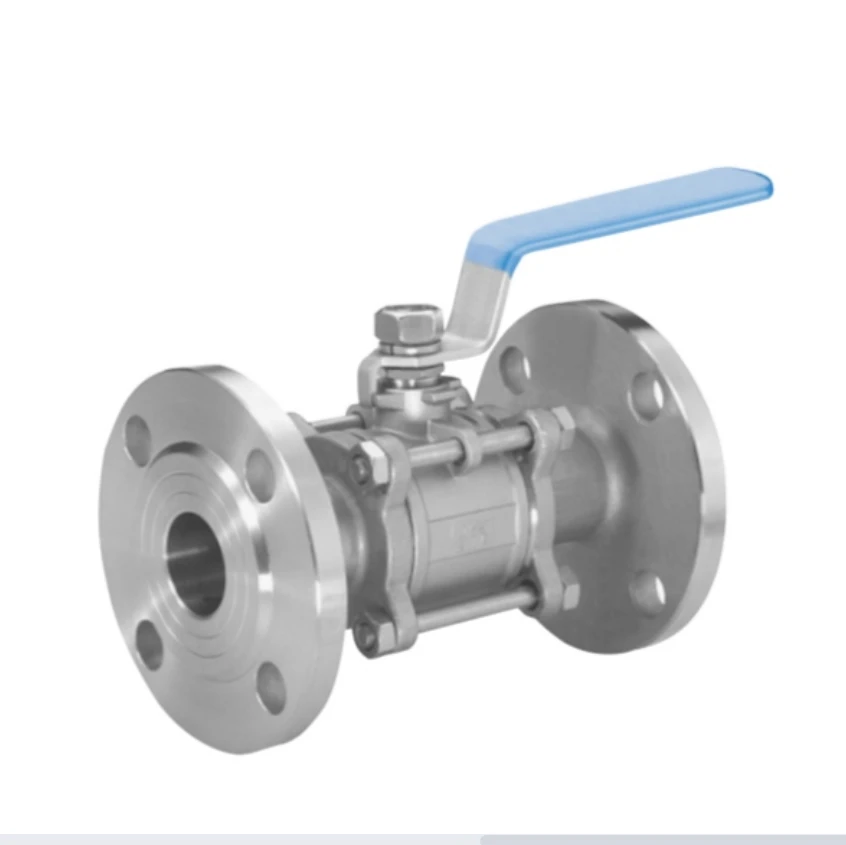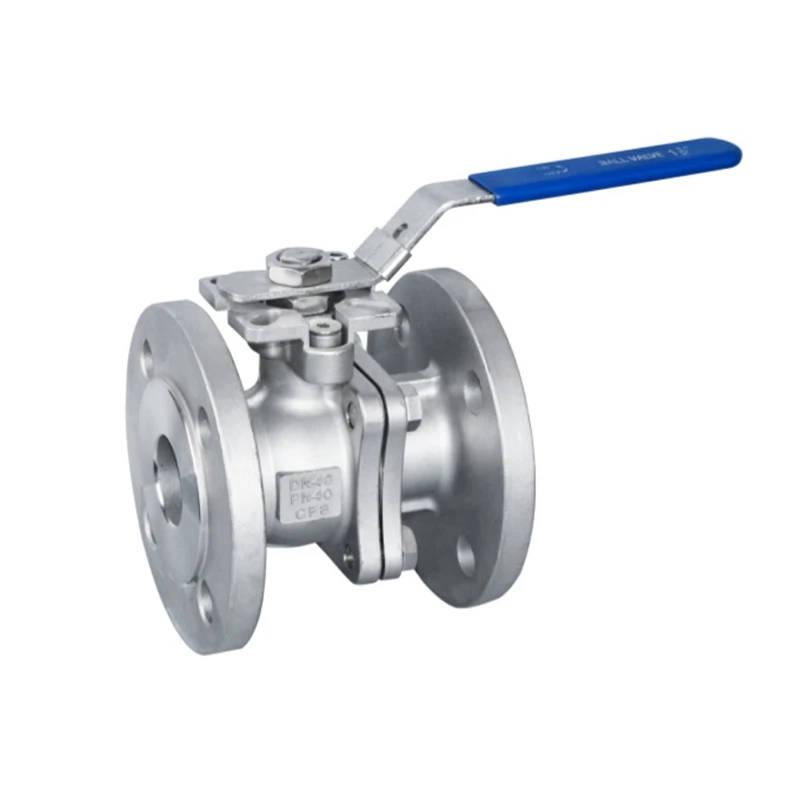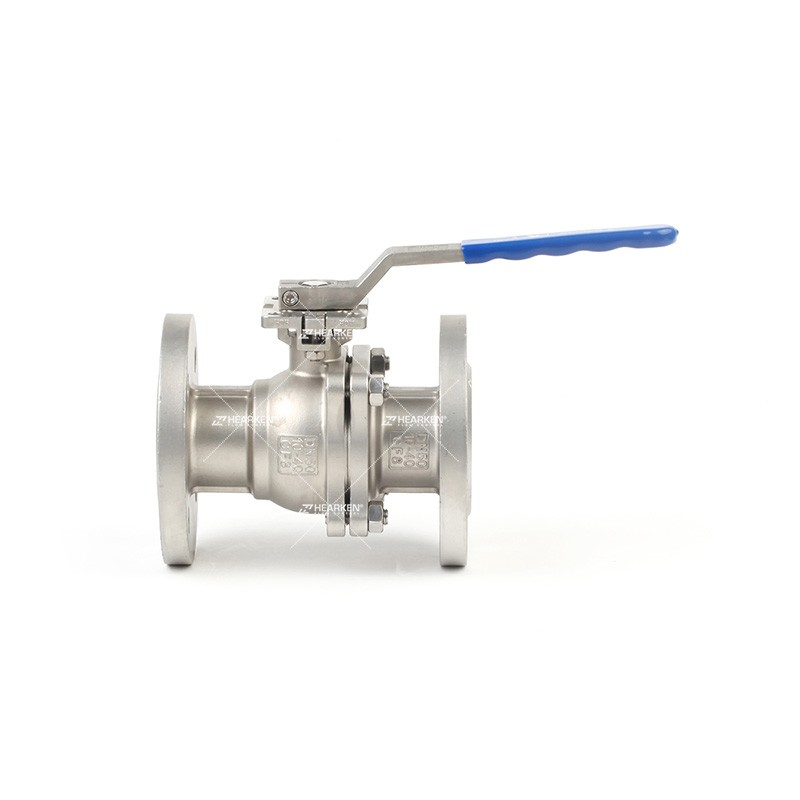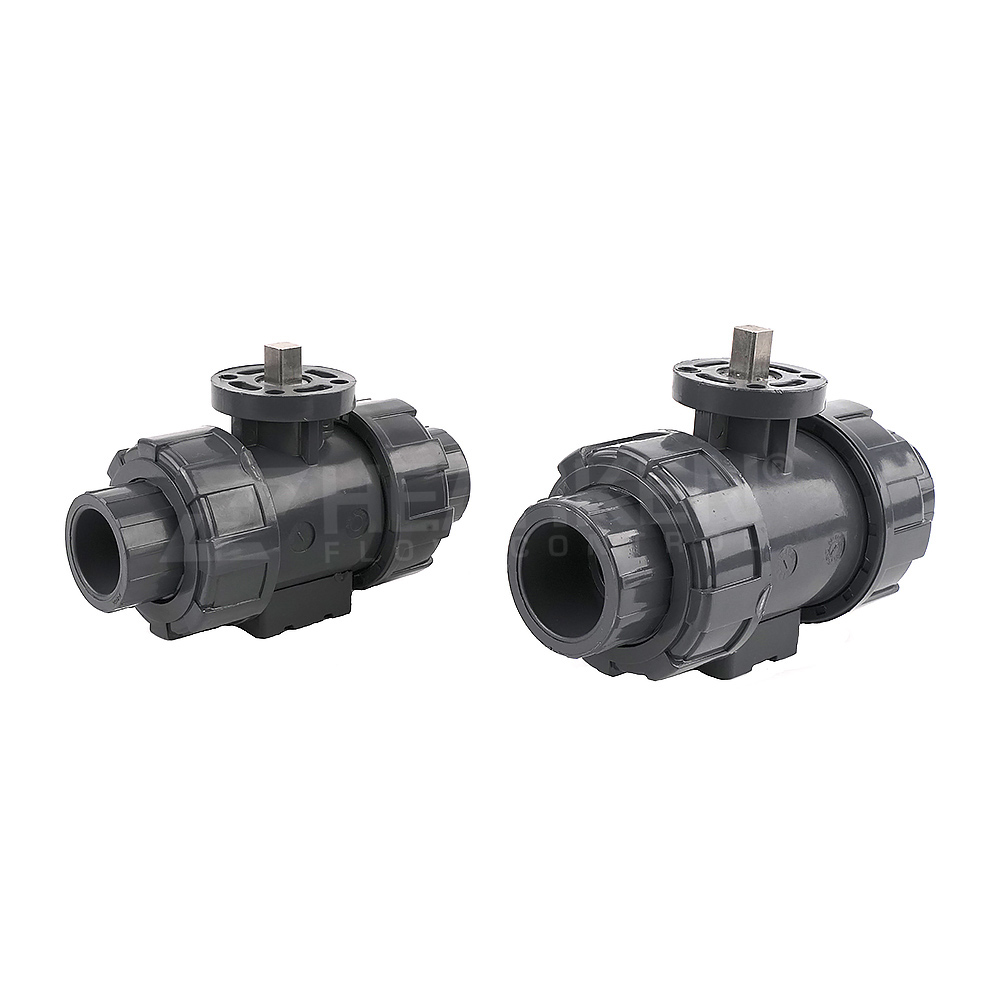Ball Valve
2 PC DIN HIGN PLATFORM FLANGE BALL VALVE PN16
Applicable Standards Design:DIN3357Actuated Connecting:ISO5211FACE to FACE:DIN3
API Flanged Ball Valve
Flanged ball valve is a type of ball valve that has flanged ends for easy installation a
Ball Valves
Ball valves are a very common and important type of valve used primarily to control the flow of fluids in piping systems. Below is a detailed introduction to ball valves:
Structure and Working Principle of Ball Valves
Ball valves consist of a spherical ball with a hole through it and a rotating shaft. The ball is usually made of metal or other corrosion-resistant materials. When the shaft rotates the ball, the hole aligns or misaligns with the fluid passage of the pipe, thus allowing or blocking the flow of fluid.
Advantages of Ball Valves
- Easy Operation: Ball valves can be fully opened or closed with a 90-degree rotation, making them very convenient to operate.
- Excellent Sealing Performance: The sealing surfaces of ball valves are usually made of flexible materials like PTFE, providing good sealing performance.
- Durability: The sealing surfaces of ball valves are not easily worn out, resulting in a long service life.
- Wide Range of Applications: Ball valves can control various types of fluids, including gases, liquids, steam, and corrosive media.
Applications of Ball Valves
Ball valves are widely used in industries such as petroleum, chemical, power, pharmaceuticals, and food. They are suitable for applications requiring quick shut-off or opening of fluid flow.
Types of Ball Valves
Depending on the structure and use, ball valves can be classified into the following types:
- Floating Ball Valves: The ball is floating under the action of two seat rings and is used in low to medium pressure systems.
- Trunnion Ball Valves: The ball is supported by upper and lower shafts, suitable for high pressure and large diameter systems.
- V-Port Ball Valves: The ball has a V-shaped port, used for flow regulation.
Conclusion
Ball valves are widely used in various fluid control systems due to their simple structure, easy operation, and reliable sealing. They are an important component of industrial automation control.
